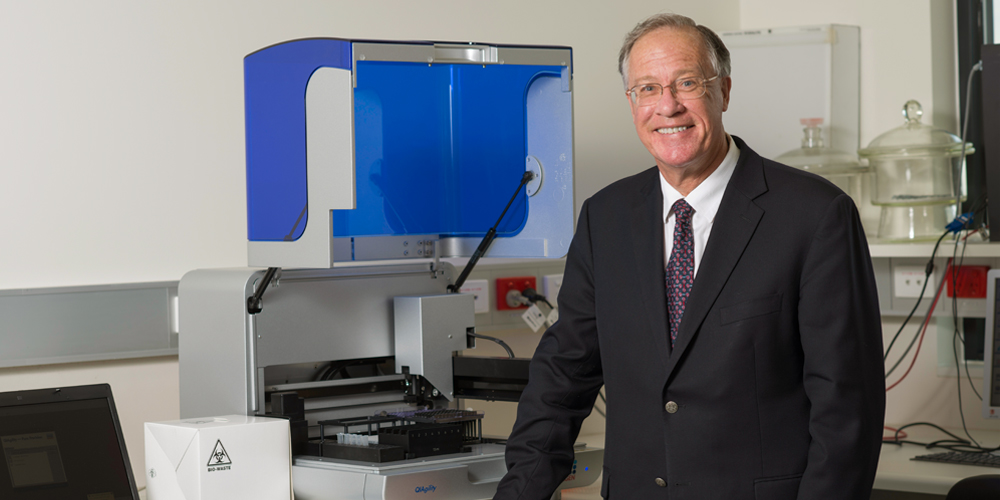
Around the world, a woman dies every eight minutes due to pre-eclampsia, which is one of the three leading causes of maternal death in pregnancy.
Pre-eclampsia is a condition that affects around one in twenty pregnant women, usually during the second half of pregnancy, or sometimes immediately after delivery of the baby. Women with pre-eclampsia have high blood pressure, fluid retention (oedema) and protein in the urine.
The condition can come on very quickly, and if not detected or treated, can lead to serious complications, even death, for example from a stroke. In the unborn baby, pre-eclampsia can cause fetal growth impairment, early delivery and prematurity and even stillbirth.
Until now, there has been no reliable way of predicting which women will or will not develop this condition in pregnancy. A major international research program has now achieved a step forward, with the development of a biochemical predictive test (the sFlt-1/PlGF ratio test) to indicate whether women will suffer this condition. So successful has the test been that it is being quickly introduced into clinical practice. The test is likely to also play a valuable role in the assessment of another, important pregnancy problem: fetal growth restriction.
The test has been developed through an international, multi-centre study, the PROGNOSIS trial. The Women’s Pregnancy Research Centre is the leading Australian centre involved in PROGNOSIS, results of which have now been published in the New England Journal of Medicine (the highest impact clinical journal in the world).
A simple blood test can now predict which women are likely to develop pre-eclampsia and those who are not. The test establishes a high and low result based on the measurement of two proteins which are released from the placenta in abnormal amounts in pregnant women destined to develop pre-eclampsia.
Those with a very low risk of developing pre-eclampsia will show a low level, and those with a high level will be likely to develop pre-eclampsia.
In the PROGNOSIS study, over 1,000 pregnant women thought to be at possible risk of developing pre-eclampsia were tested to help evaluate the new test.
The results of the study mean that appropriate treatment paths can be reliably established. For those with a positive result, close monitoring and early treatment can be instituted. For those with a negative result, it can provide great relief from anxiety for many women, especially for those who have previously had the condition in pregnancy but now find they will not develop it again.
Professor Shaun Brennecke, Director of Maternal-Fetal Medicine at the Royal Women’s Hospital and leader of the study at the hospital, said the test was a major breakthrough in ensuring better health outcomes for pregnant women.
“Pre-eclampsia is a very serious condition in pregnancy, often with rapid onset and causing major health problems for both mother and baby. The test will significantly help refine diagnostic evaluation and streamline clinical management in maternity care services.
“It is a long awaited and very important step forward”, he said.